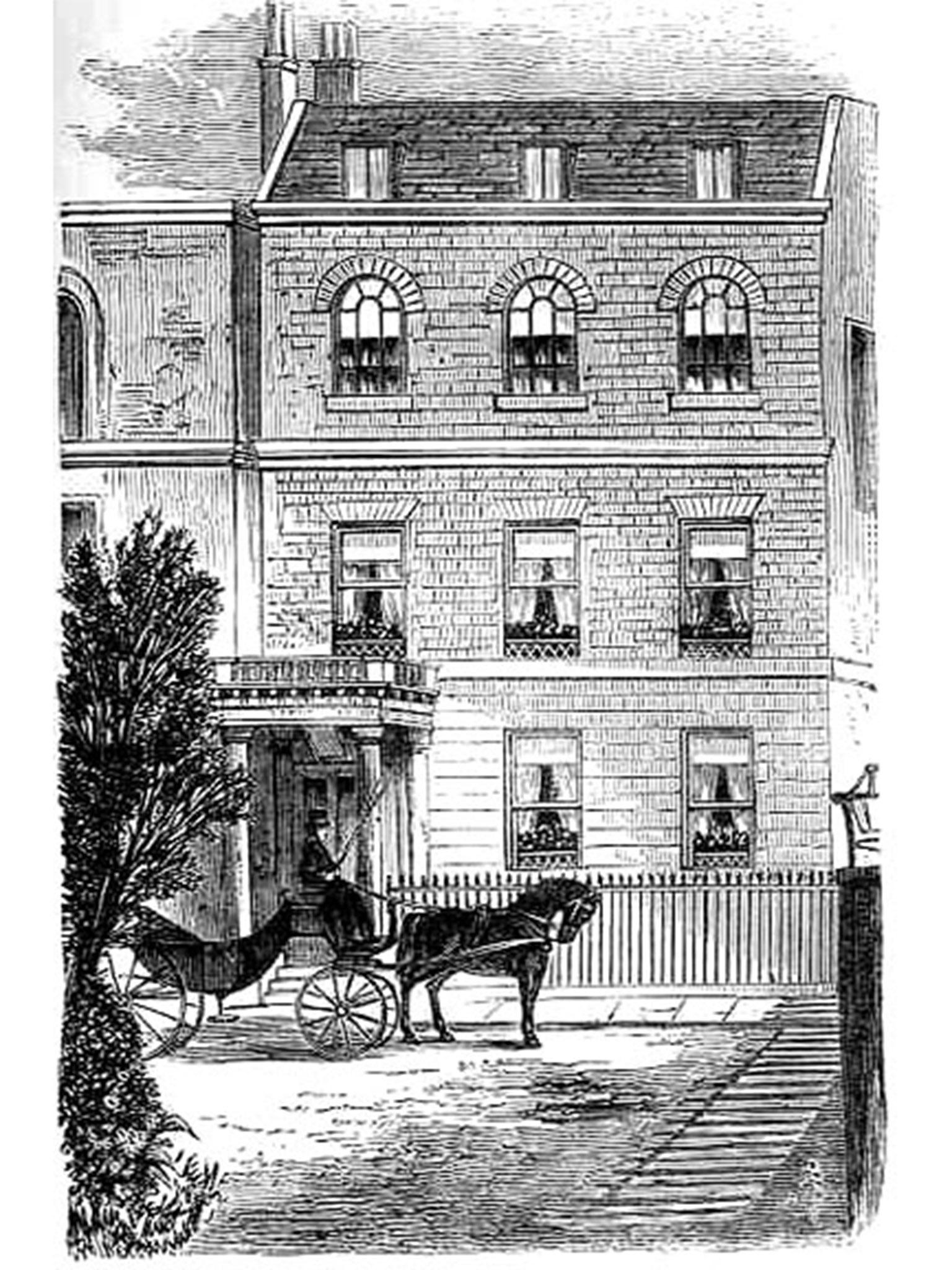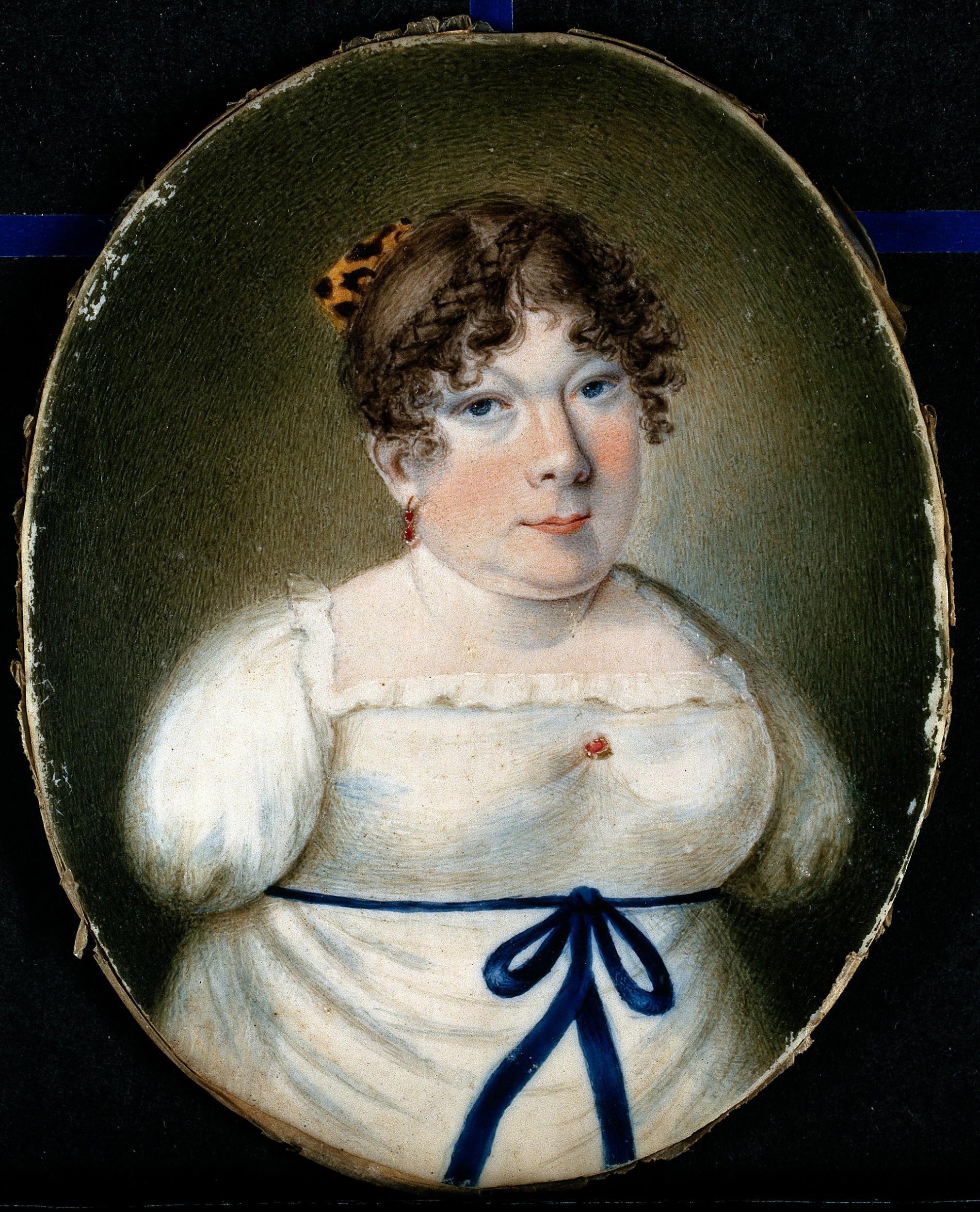The Book List: The fake titles Charles Dickens used to decorate his library
Every Wednesday, Alex Johnson delves into a unique collection of titles

Your support helps us to tell the story
From reproductive rights to climate change to Big Tech, The Independent is on the ground when the story is developing. Whether it's investigating the financials of Elon Musk's pro-Trump PAC or producing our latest documentary, 'The A Word', which shines a light on the American women fighting for reproductive rights, we know how important it is to parse out the facts from the messaging.
At such a critical moment in US history, we need reporters on the ground. Your donation allows us to keep sending journalists to speak to both sides of the story.
The Independent is trusted by Americans across the entire political spectrum. And unlike many other quality news outlets, we choose not to lock Americans out of our reporting and analysis with paywalls. We believe quality journalism should be available to everyone, paid for by those who can afford it.
Your support makes all the difference.Five Minutes in China
Forty Winks at the Pyramids
Abernethy on the Constitution
A Carpenter’s Bench of Bishops
Toot’s Universal Letter-Writer
Orson’s Art of Etiquette
Downeaster’s Complete Calculator
History of the Middling Ages
Jonah’s Account of the Whale
Captain Parry’s Virtues of Cold Tar
Kant’s Ancient Humbugs
Bowwowdom. A Poem
The Quarrelly Review
The Gunpowder Magazine
Steele. By the Author of ‘Ion’
The Art of Cutting the Teeth
Matthew’s Nursery Songs
Paxton’s Bloomers
On the Use of Mercury by the Ancient Poets
Drowsy’s Recollections of Nothing
Heavyside’s Conversations with Nobody
Commonplace Book of the Oldest Inhabitant
Growler’s Gruffiology, with Appendix
The Books of Moses and Sons
Burke (of Edinburgh) on the Sublime and Beautiful
Teazer’s Commentaries
King Henry the Eighth’s Evidences of Christianity
Miss Biffin on Deportment
Morrison’s Pills Progress
Lady Godiva on the Horse
Munchausen’s Modern Miracles
Richardson’s Show of Dramatic Literature
Hansard’s Guide to Refreshing Sleep (as many volumes as possible)
History of a Short Chancery Suit
Catalogue of Statues of the Duke of Wellington
One of the 19th century fads among England’s literati was to decorate rooms with ornamental books instead of actual bookcases, often using humorous titles.
Thomas Hood put together a particularly extensive trompe l’oeil library at Chatsworth in 1831 (later embellished with titles by Patrick Leigh Fermor in the 1960s) and in 1851, and so did Charles Dickens when he moved into Tavistock House in London.
Here is his letter to local bookbinder Thomas Robert Eeles, in which he enclosed the above list of his own homemade titles:
Household Words’ Office,
Wednesday Evening, 22 Oct 1851
Dear Mr Eeles,
I send you the list I have made for the book-backs. I should like the ‘History of a Short Chancery Suit’ to come at the bottom of one recess, and the ‘Catalogue of Statues of the Duke of Wellington’ at the bottom of the other. If you should want more titles, and will let me know how many, I will send them to you.

While many of the titles are clever wordplay, others refer to famous Victorians.
Miss Biffin was a Victorian mouth painter with no arms and vestigial legs, James Morrison sold quack “cure-all” pills, and Captain Parry was an Arctic explorer who also features in the Chatsworth “library” (Captain Parry, Designs for Friezes).
Dickens also specified the length of some titles, so Five Minutes in China comes in three volumes, as does Drowsy’s Recollections of Nothing. He seems to have been very pleased with the results, which were displayed in his study.
Tavistock House, Tavistock Square, 17 Nov 1851
Dear Mr Eeles,
I must thank you for the admirable manner in which you have done the book-backs in my room. I feel personally obliged to you, I assure you, for the interest you have taken in my whim, and the promptitude with which you have completely carried it out.
In fact he was so pleased that he repeated the design when he moved to Gad’s Hill in Kent, and even added more titles.
The books here form part of a remarkably well-disguised bookcase-door to his study. This is the second list:

Life and Letters of the Learned Pig
The Pleasures of Boredom (A Poem)
Was Shakespeare’s Father Merry?
Was Shakepeare’s Mother Fair?
General Tom Thumb’s Modern Warfare
Woods and Forests. By Peter the Wild Boy
Treatise on the Tapeworm by Tim Bobbin
Malthus’s Nursery Songs
Hudson’s Complete Failure
Adam’s Precedents
Cockatoo on Perch
Swallows on Emigration
Waterworks (By Father Mathew)
Shelley’s Oysters
The Scotch Fiddle (Burns)
Cats’ Lives
Groundsel (By the author of Chickweed)
Chickweed
Drouett’s Farming
Mag’s Diversions
The Cook’s Oracle
The Delphin Oracle
Critts’ Edition of Meller
Hoyle on the Turnip
Butcher’s Suetonius
Noah’s Arkitecture
The Locomotive Engine explained by Colonel Sibthorpe
Acoustics (Cod Sounds)
Optics (Hooks and Eyes)
Strut’s Walk
Haydn’s Commentaries
Richardson’s Show of Dramatic Literature
Socrates on Wedlock
The Virtues of our Ancestors
The Wisdome of our Ancestors
Phrenology (Italian Organ)
Again, among the witticisms – Cats’ Lives comes in nine volumes – are topical references. Colonel Sibthorpe was an MP known for the range of movements he opposed, from Catholic and Jewish emancipation and the Reform Act of 1832 to the Great Exhibition.
He also believed rail travel would never take off and stagecoaches would make a comeback. Mag’s Diversions was an early working title for David Copperfield.
Drouett’s Farming is a reference to the man of the same name who ran a ramshackle residential school for pauper children and about whom Dickens wrote several very critical articles.
Dickens’ fakes enjoyed a reincarnation as part of the New York Public Library’s exhibition Charles Dickens: The Key to Character.
As part of the 200th anniversary of the writer’s birth, curators recreated several titles from the bookcases for the show.
A Book of Book Lists’ by Alex Johnson, £7.99, British Library Publishing
Join our commenting forum
Join thought-provoking conversations, follow other Independent readers and see their replies
Comments